Athleisure Trend
The athleisure trend, characterized by the blending of athletic and leisurewear, is significantly influencing the Sportswear Fabric Market. This trend has led to a surge in demand for versatile fabrics that can transition seamlessly from workout sessions to casual outings. Market analysis suggests that the athleisure segment is expected to witness a growth rate of around 7% annually, reflecting consumers' preference for comfort and style. As a result, manufacturers are increasingly focusing on developing fabrics that not only perform well during physical activities but also offer aesthetic appeal for everyday wear. This dual functionality is likely to drive innovation in fabric technology, further shaping the landscape of the sportswear fabric market.
E-commerce Expansion
The rapid expansion of e-commerce platforms is transforming the way consumers purchase sportswear, thereby impacting the Sportswear Fabric Market. With the convenience of online shopping, consumers are increasingly inclined to explore a wider range of sportswear options, including specialized fabrics. Data indicates that online sales of sportswear are expected to account for a significant portion of the overall market, potentially reaching 30% by 2026. This shift not only enhances accessibility but also encourages brands to invest in high-quality fabrics that can be effectively marketed online. As a result, the competition among manufacturers intensifies, leading to innovations in fabric technology and design to attract discerning online shoppers.
Sustainability Initiatives
Sustainability initiatives are becoming a crucial factor in the Sportswear Fabric Market, as consumers increasingly demand eco-friendly products. The shift towards sustainable materials, such as recycled polyester and organic cotton, is gaining traction among manufacturers aiming to reduce their environmental footprint. Recent studies indicate that the market for sustainable sportswear fabrics is projected to grow at a rate of 8% annually, driven by consumer preferences for environmentally responsible options. This trend compels brands to invest in sustainable sourcing and production practices, thereby influencing the overall dynamics of the sportswear fabric market. As sustainability becomes a key differentiator, companies that prioritize eco-friendly innovations are likely to gain a competitive edge.
Technological Advancements
Technological advancements in fabric manufacturing are playing a pivotal role in shaping the Sportswear Fabric Market. Innovations such as moisture management, temperature regulation, and anti-odor technologies are becoming increasingly prevalent in sportswear fabrics. Market Research Future indicates that the integration of smart textiles, which can monitor physiological parameters, is on the rise, potentially revolutionizing the way consumers engage with sportswear. This technological evolution not only enhances the performance of sportswear but also aligns with the growing consumer expectation for multifunctional products. As manufacturers continue to invest in research and development, the sportswear fabric market is likely to witness a surge in innovative offerings that cater to the diverse needs of athletes and fitness enthusiasts.
Rising Health Consciousness
The increasing awareness of health and fitness among consumers appears to be a primary driver for the Sportswear Fabric Market. As individuals prioritize physical well-being, the demand for high-performance sportswear fabrics that enhance comfort and functionality is likely to rise. Reports indicate that the sportswear segment is projected to grow at a compound annual growth rate of approximately 6.5% over the next few years. This trend suggests that consumers are not only investing in fitness but also in the quality of the fabrics they wear during physical activities. Consequently, manufacturers are focusing on developing innovative materials that provide moisture-wicking, breathability, and durability, thereby catering to the evolving preferences of health-conscious consumers.


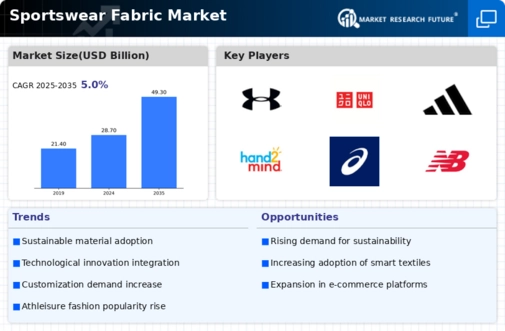
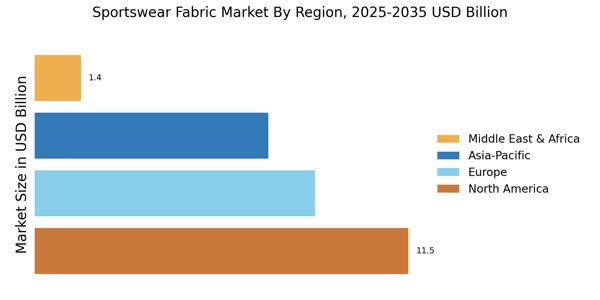
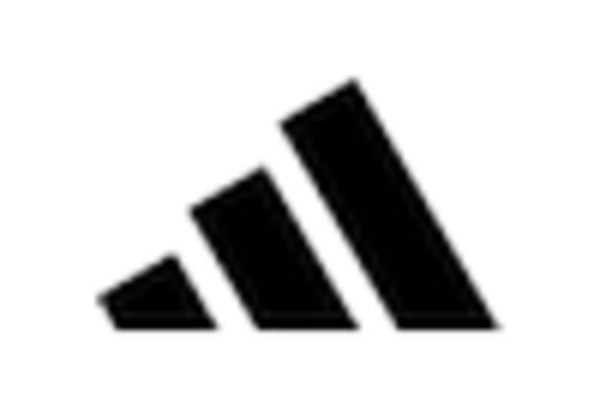
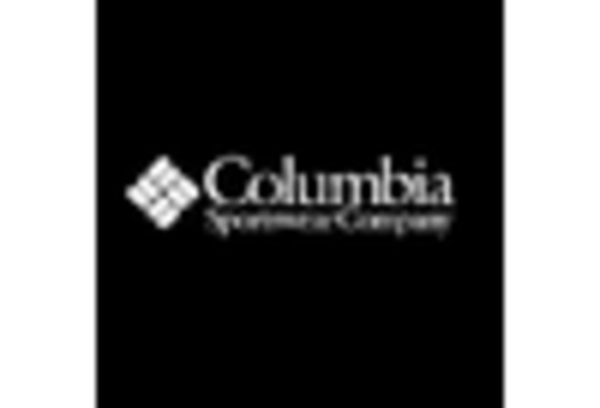

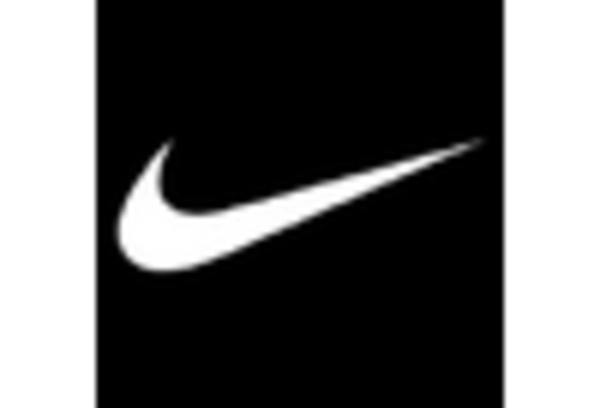
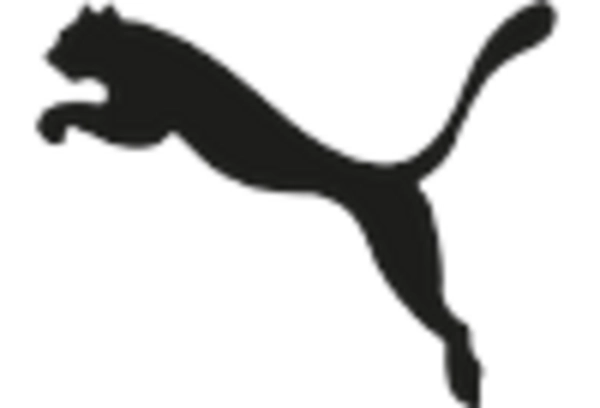
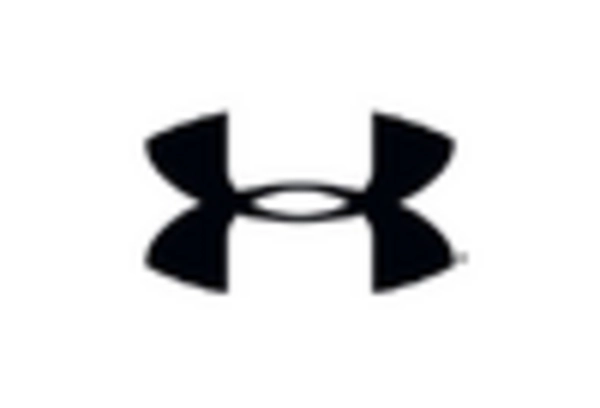








Leave a Comment